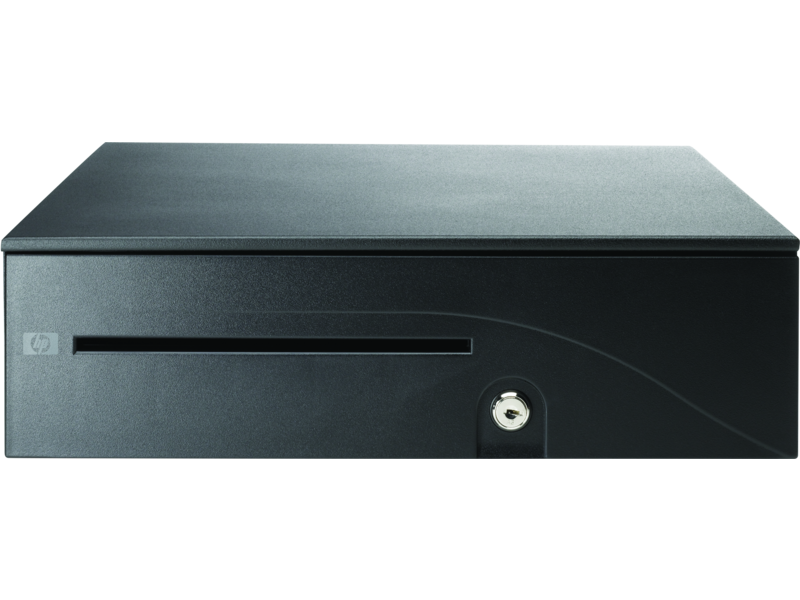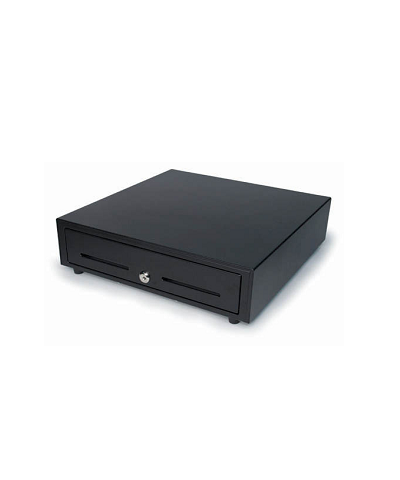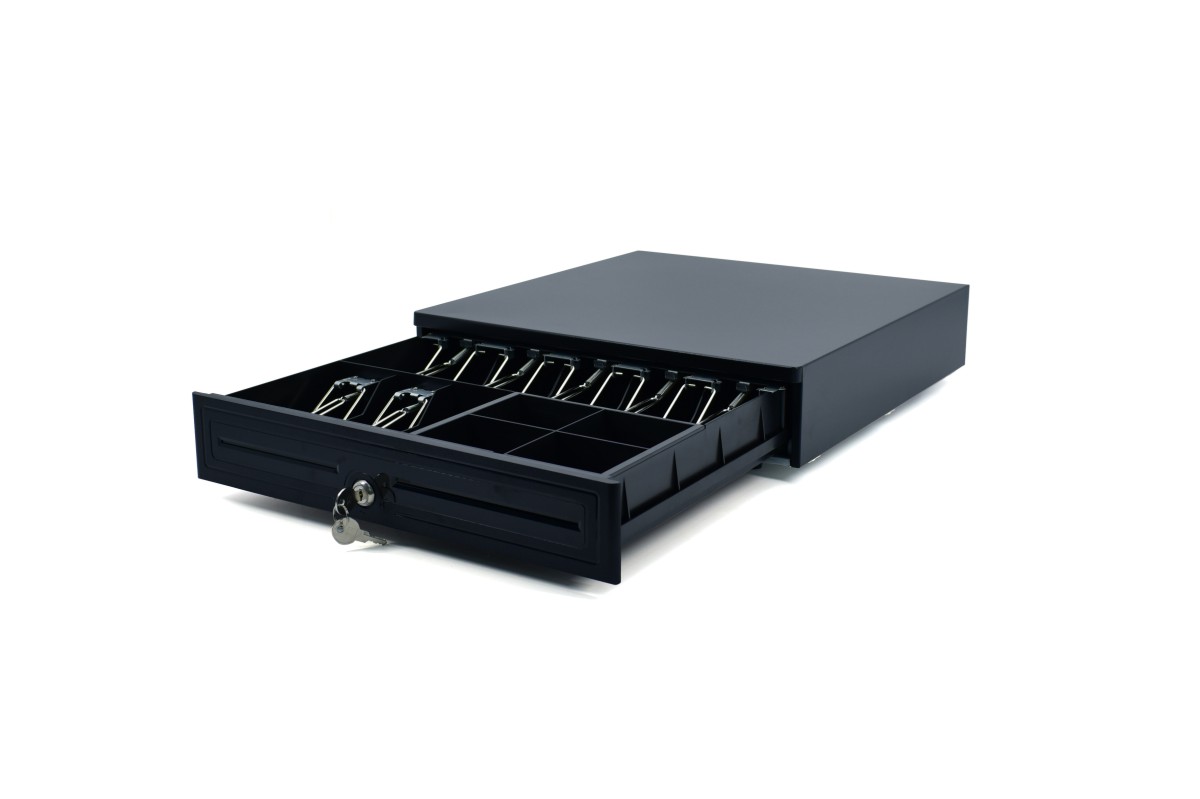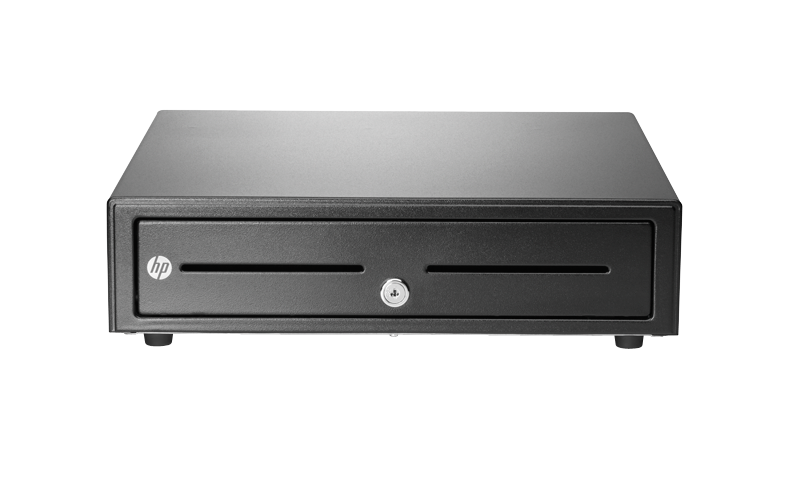
درج نقود Koohii ، حجرة نقود / نقود قابلة للتعديل ، هيكل معدني ، 8 حجرات ، قفل مفتاح 3 مواضع | ECH170 اشتر الآن، أفضل الأسعار في عمان، مسقط، صلالة، السيب، صحار
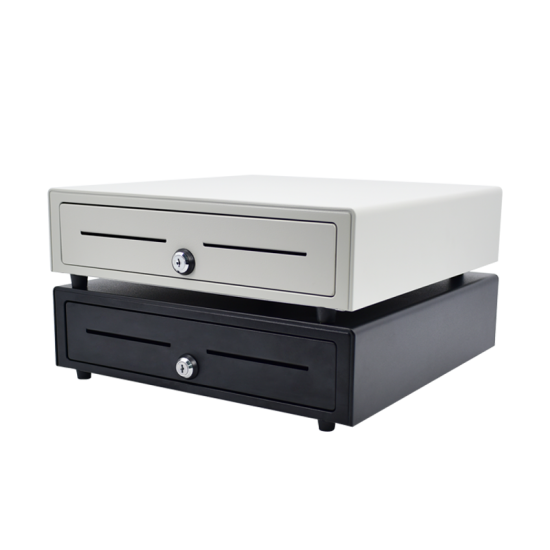
درج النقود من الألومنيوم المصنّع من جيلونج G4142B الموردين ، الصين درج النقود من الألومنيوم المصنّع من جيلونج G4142B

فولكورا درج تسجيل النقود اليدوي المفتوح 13 انش لنظام نقاط البيع (POS)، اسود شديد التحمل مع 4 فواتير و5 فتحات للعملات المعدنية، قفل مفتاح مع صينية نقود قابلة للازالة بالكامل وفتحات وسائط

الصين رخيصة المصنعين درج النقود الإلكترونية البسيطة والمصنع - خصم مخصص درج النقدية Econemic في الأوراق المالية - Carav Electronics

درج نقود كاشير TA Pos | درج نقود Cash Drawer خمس فتحات - متجر طيف الالماس - متجر اجهزة الكترونية و برامج محاسبية و ادارية


